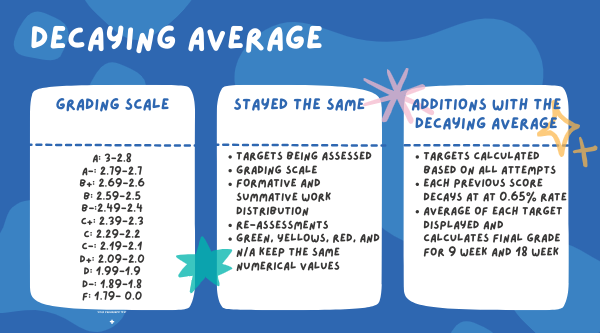Throughout the past decade, the trend in fashion consumption is on the rise. While the sudden fashion trends have been more accessible than ever to the average consumer, there are numerous dangers and concerns within the industry.
Fast fashion has been the shift of a quicker consumption of clothes and fashion — leading to quicker phases of trends, cheaper clothes, and a lack of quality in pieces.
Sustainable Review further expands on the humanitarian crises that fast fashion encourages. Countries, like Bangladesh, have many citizens that work for these companies. Workers are consistently forced to work overtime, receive less than a livable wage, and work in unethical working environments. As a result, workers face the effects of poverty, homelessness and lack of basic living necessities.
According to Impact Nottingham, famous fast fashion brands like Shein, ASOS and Zara have been accused of replicating designs and patterns from smaller businesses without giving credit.
For example, an influencer Cassey Ho designed her athletic skort in August 2022 and gained traction after advertising. In January 2023, Shein released an athletic skort almost identical to her design, down to the marketing poses of the model.
Ho later posted on social media, “I’ve seen numerous videos and articles written about Shein straight-up robbing independent designers’ designs, but guess what? As much as the comments may show sympathy and anger, it’s the dollar that speaks the loudest in the end.”
On the contrary, others argue that there are other industries we should be more concerned about. Walter Block, a writer for the Foundation for Economic Education, writes, “It is the fault of the polluters, not the producers. Automobile tires, too, pile up in unsavory places. Firestone and Goodyear are hardly responsible for what their customers do with that product when they are finished with it.”
While other industries may pollute the same amount or even more than fast fashion, we need to still shed light on the impulsive explosion of the industry. According to Princeton University, fast fashion will increase greenhouse emissions by 50 percent within the next decade.
It seems there is a lack of solvency, but that is not the case. An increase in shopping and support for more second-hand and resourceful stores, like thrift stores, challenges the patterns and instability in fast fashion. As the role of the consumer, the people have the power to stop the continuation of fast fashion.
“In fact, thrift shopping itself “feeds off the instability and unsustainability of the fast-fashion industry,” whose trend-chasing ensures constant turnover in a ‘massive second-hand market’,” New York University states.














Grace Brazee • Mar 13, 2024 at 2:44 PM
This was a really informative piece. I also loved that you included the quotes from Cassey Ho.